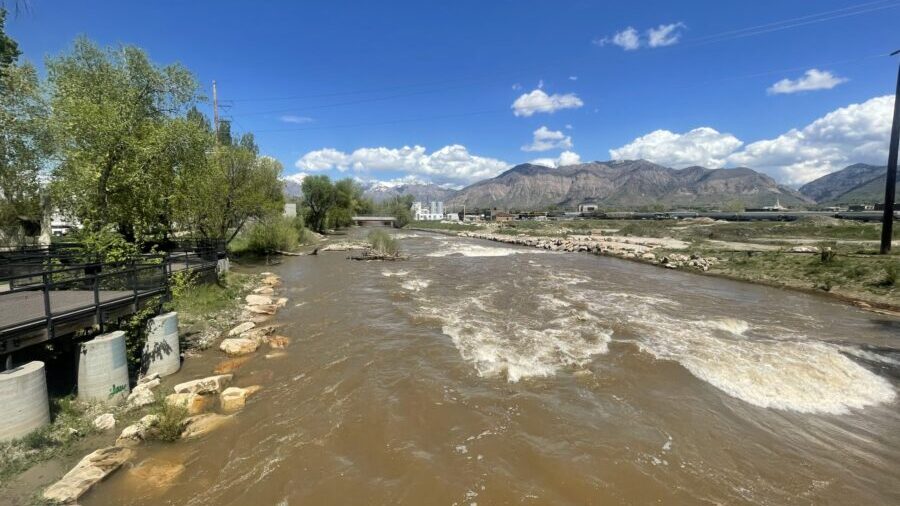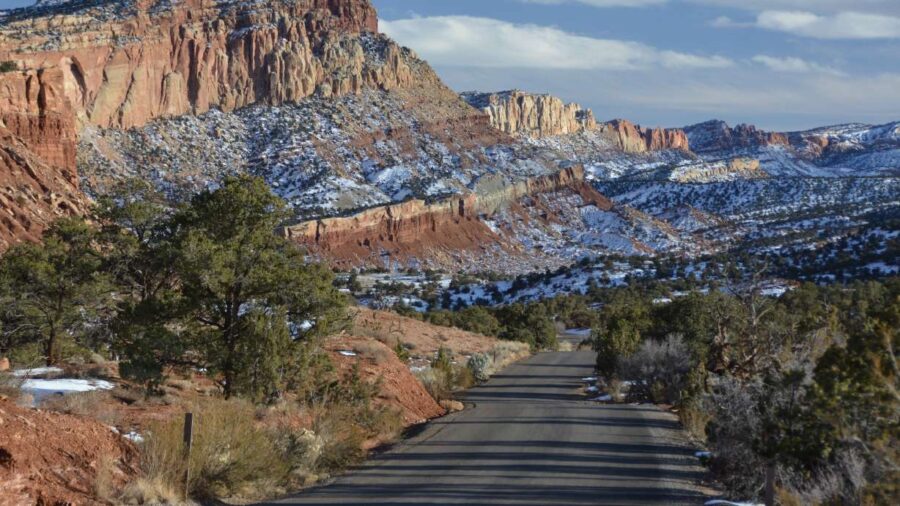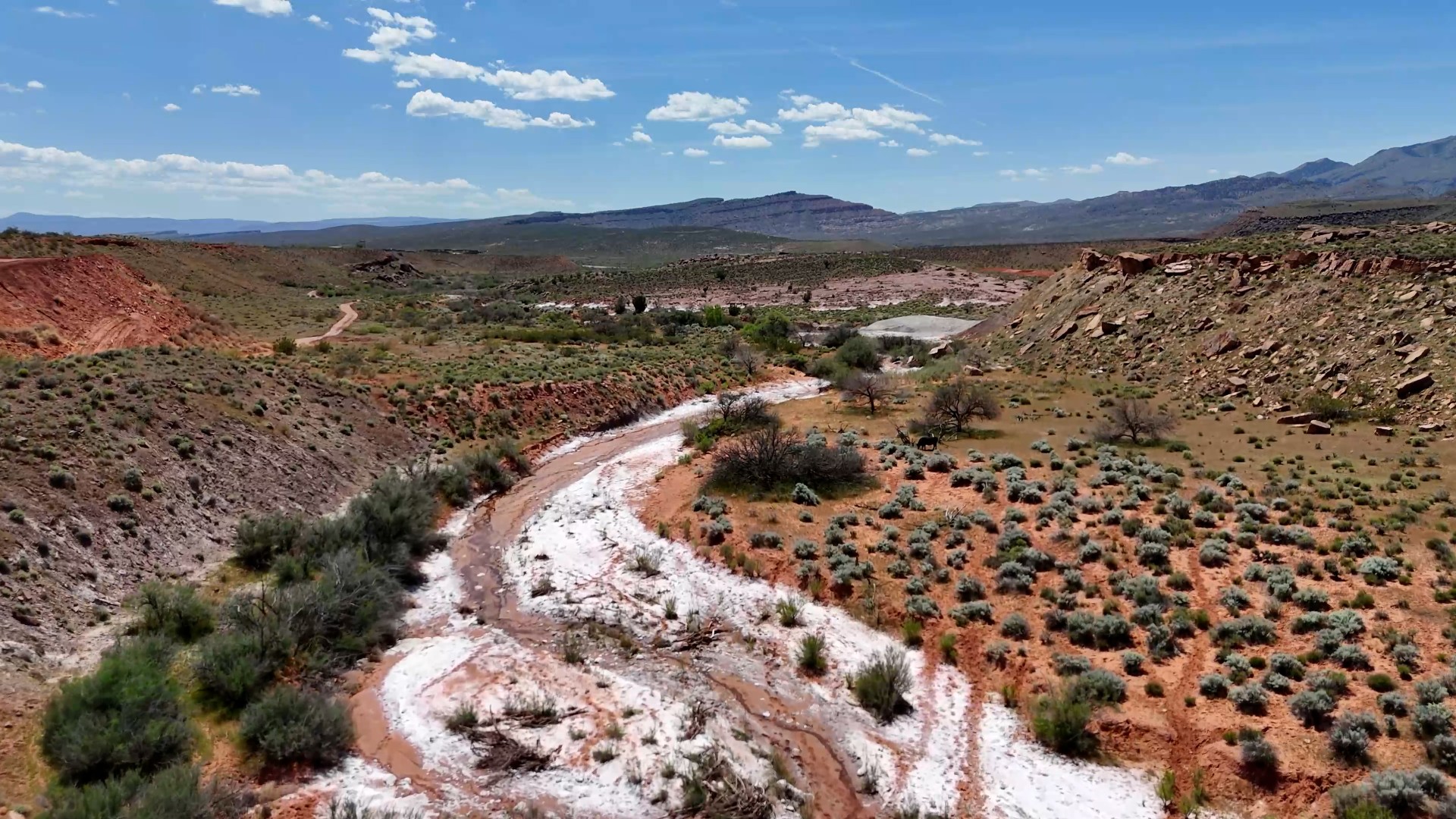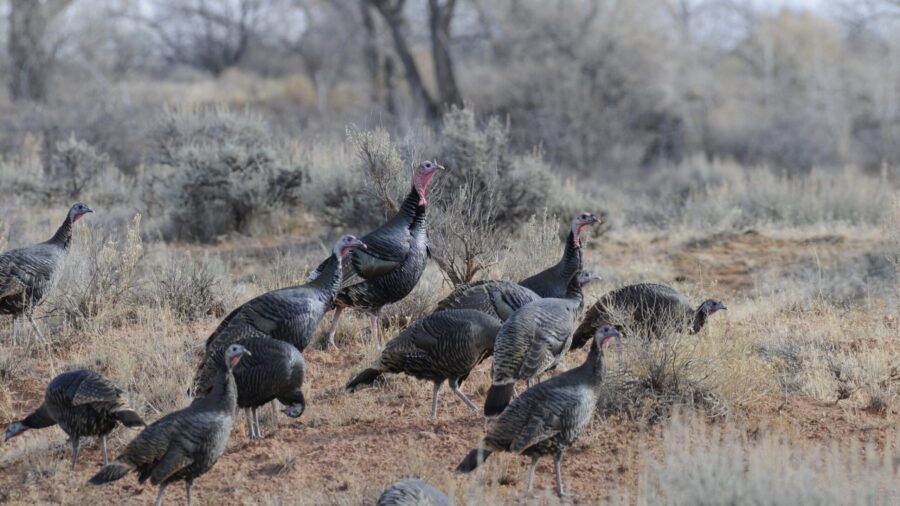Utah’s ski industry contributed $1.94 billion in nonresident visitor spending during the 2022/23 season
Apr 17, 2024, 11:24 AM | Updated: 6:04 pm
SALT LAKE CITY — Hate all the visitors to Utah during ski season? You may want to think again. Out of state visitors spent a record of $1.94 billion at Utah ski areas during the 2022/2023 ski season, according to data from the Kem C. Gardner Policy Institute.
To compare, nonresident visitors spent $1.92 billion in the 2021/2022 season and $990 million during the 2010/2011 season. The $1.94 billion generated $197.9 million in state and local tax revenue.
During the 2022/2023 season, the ski industry directly supported 25,980 jobs statewide.
“The 2022/23 ski season was unprecedented for Utah,” Jennifer Leaver, senior tourism analyst at the Gardner Institute, said. “The data show several economic measures at an all-time high, fueled by a historic, record-setting snowfall at nearly every Utah ski area.”
Utah’s “greatest snow on earth” broke records during the 2022/2023 season. Many resorts recorded the most inches in history and Alta Ski Area ultimately reached 903 inches of snow for the season. The 2022/2023 season also marked the longest season on record for Utah with Park City Mountain open through May for the first time in 40 years and Snowbird resort open well into June.
According to the data, Utah has 15 ski areas which totaled 7.1 million skier days during the 2022/2023 season, an increase from 5.8 million skier days the previous year.
County transient room tax also increased during the 2022/2023 season with Salt Lake, Summit, and Weber Counties collecting a record combined $666 million, 7.6% more than the previous year after adjusting for inflation.
As far as Utah residents, skier/snowboarding spending also set a record at $694 million during the 2022/2023 ski season. Meanwhile, resident spending in the 2021/2022 season was only $433 million.
“These 2022-23 ski season statistics show that skiing, snowboarding, and tourism in Utah continue to be vital to the health of the state’s economy and benefit residents by providing fun ways to recreate outside, excellent jobs, and ample tax dollars from visitors that are used for community projects,” Nathan Rafferty, the President & CEO of Ski Utah said. “These numbers reflect the hard work our Utah ski resorts invest in providing fun, positive experiences for visitors and residents alike to look upon fondly.”
Part of the economic success points to Utah’s snowpack and part of it may point to the facilities. As Utah preps to possibly host the 2034 Olympics, Utah is one of the only states in history that profited off of hosting the Olympics, because the state is able to continue to use the facilities built.
Vanessa Cannata, who works at Big Powder Ski Shop in Salt Lake City, said she has met “a lot of new people” who are hitting Utah’s slopes for the first time.
“A lot of east coast skiers that are looking for the good snow – deep snow, powder – that they don’t really get on the east coast at the east coast resorts,” Cannat said.
Leaver, the Gardner Institute analyst, said the fact that most of Utah’s 15 ski resorts are located within an hour of the Salt Lake International Airport is a big plus for the state.
“The accessibility is really good in Utah,” she said.













